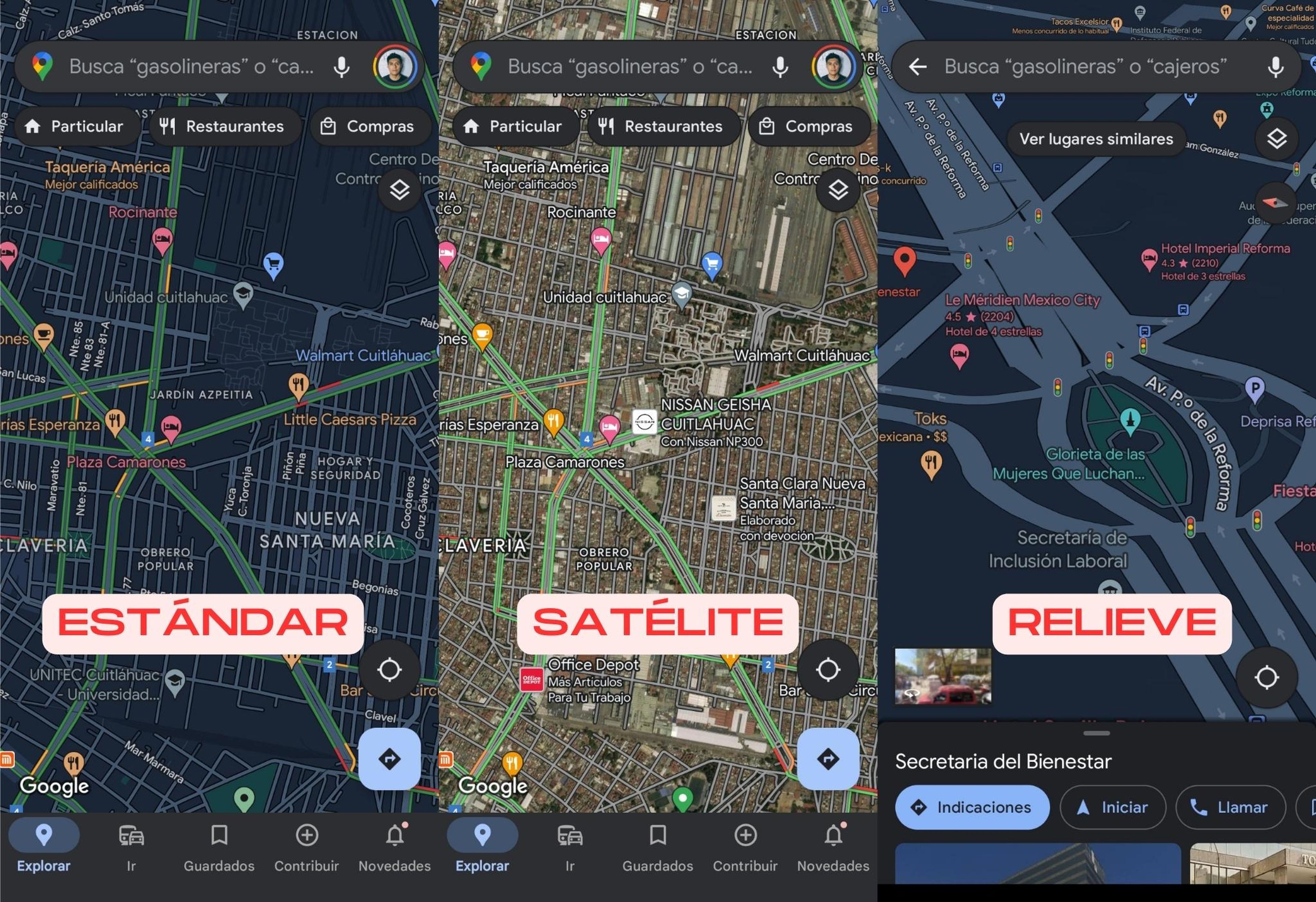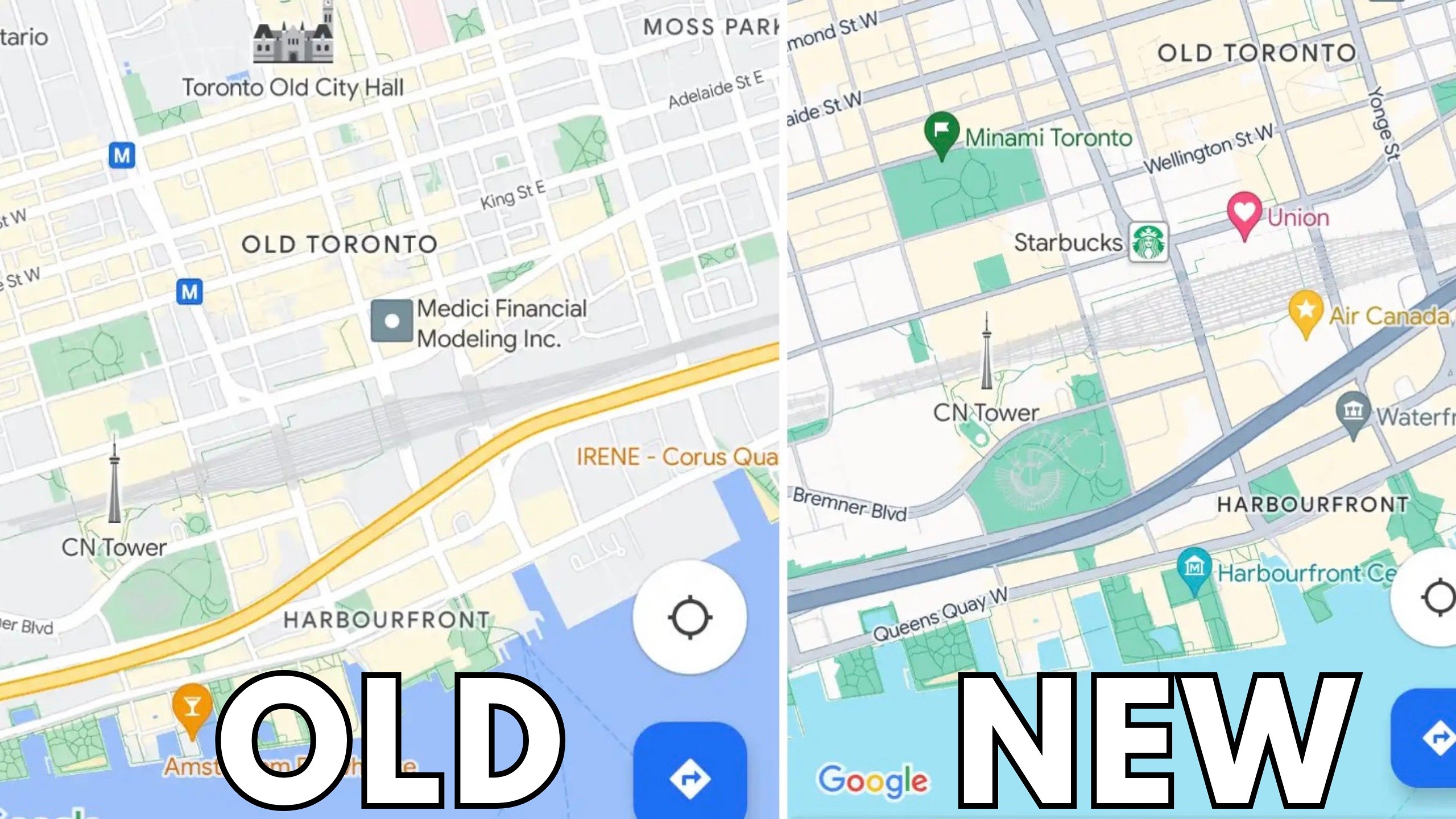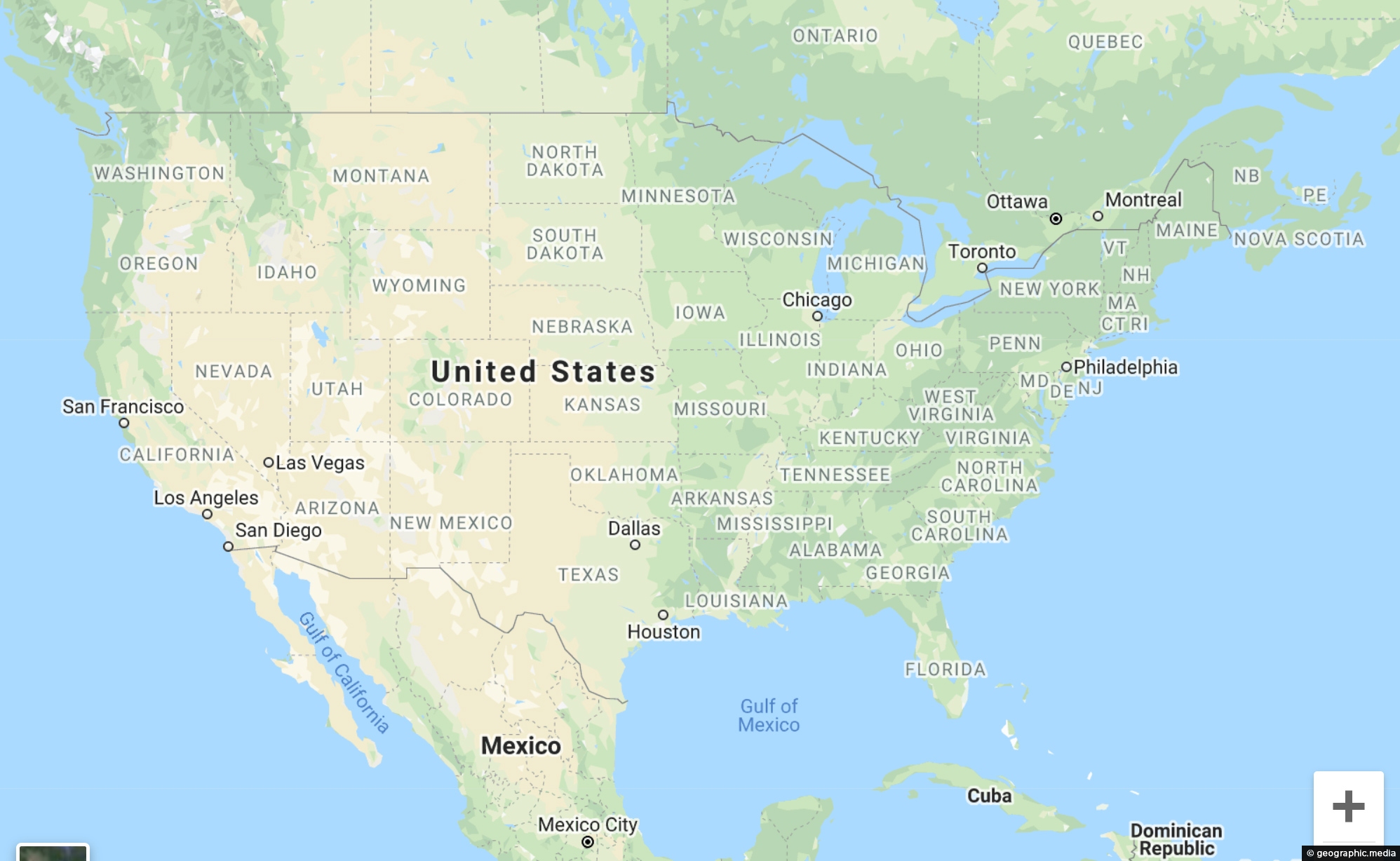
Here is a 1200-word article for a travel blog, reviewing the experience of traveling Canada through the lens of its Indigenous lands.
>
Beyond the Postcard: Navigating Canada’s Indigenous Heartbeat
Canada. The name conjures images of vast, untamed wilderness, majestic mountains, shimmering lakes, and vibrant, multicultural cities. Travelers flock here for the Rockies, the Maritimes, the urban energy of Toronto or Vancouver. But what if I told you there’s a deeper, more profound layer to this country, an ancient narrative etched into every landscape, a living history that transforms a mere trip into a pilgrimage of understanding?

This isn’t a review of a single destination, but an exploration of an experience: traveling Canada with an acute awareness of its Indigenous lands. It’s about consciously engaging with the maps of Indigenous territories – not just as static geographical lines, but as dynamic, living spaces imbued with millennia of culture, stewardship, and story. Forget your conventional atlas for a moment; we’re diving into a different kind of cartography, one that charts ancestral pathways, unceded territories, and the enduring spirit of First Nations, Inuit, and Métis peoples.
The "Map" Unveiled: A Shift in Perspective
The concept of "maps of Indigenous lands in Canada" might sound academic, but for the traveler, it’s a revelation. It starts with a fundamental truth: every inch of Canada is Indigenous land. Before colonial borders were drawn, before provinces were declared, these lands were, and remain, the ancestral homes of diverse Indigenous nations. Many areas are unceded, meaning they were never surrendered by treaty. Others are covered by historical treaties, often misunderstood or unfulfilled.
This isn’t just historical trivia; it’s the bedrock of a transformative travel experience. Imagine standing on the shores of Lake Superior, knowing it’s Anishinaabemowin territory, its waters and islands holding stories passed down through countless generations. Or hiking in Banff, recognizing that these stunning peaks are the traditional lands of the Stoney Nakoda, Tsuut’ina, and Blackfoot peoples, who knew these mountains intimately long before they became a national park.

The "review" here is of the impact this awareness has on your journey. It’s an immediate upgrade from a two-dimensional sightseeing tour to a multi-layered cultural immersion. It forces you to ask: Whose land am I on? What is its history? What responsibilities do I have as a guest?
The Journey Transformed: What You Gain
Engaging with Canada through an Indigenous lens is not just about ticking off cultural sites; it’s about a fundamental shift in how you perceive and interact with the world around you.
1. A Deeper Connection to the Land: Indigenous cultures are intrinsically linked to the land. They don’t see nature as something separate, but as family, as provider, as teacher. By learning about traditional ecological knowledge, you begin to see the landscape differently. A forest is no longer just trees; it’s a pharmacy, a pantry, a spiritual sanctuary. A river isn’t just a waterway; it’s a lifeline, a historical highway, a source of wisdom. This perspective fosters a profound respect for the environment and an understanding of our shared responsibility for its care.

2. Unveiling Canada’s True History: Our standard history books often begin with European arrival. Traveling with an Indigenous lens pushes you to explore the millennia of history before contact. You learn about sophisticated governance systems, intricate trade networks, advanced technologies, and vibrant artistic traditions that flourished for thousands of years. This isn’t just supplementary information; it’s essential context for understanding the Canada of today, including the ongoing challenges and triumphs of reconciliation.
3. Authentic Cultural Immersion: Forget generic tourist traps. Indigenous tourism offers unparalleled opportunities for genuine cultural exchange. Imagine listening to a traditional Elder share creation stories under a starry sky, participating in a drumming circle, learning about traditional crafts like beadwork or carving directly from the artists, or tasting Indigenous-sourced cuisine that tells a story of the land and its peoples. These are not performances; they are invitations to connect, to learn, and to share in a living heritage.
4. Fostering Responsible Travel: This approach inherently promotes responsible tourism. By seeking out Indigenous-led experiences, you directly support Indigenous economies and communities. By understanding the historical and ongoing impact of colonialism, you become a more mindful traveler, respectful of protocols, traditions, and the sacredness of certain sites. It moves beyond simply "not doing harm" to actively contributing to positive change and reconciliation.
Experiencing the Indigenous Map: Practical Pathways
So, how does one embark on this journey? The "map" is vast, but there are clear pathways to follow:
A. Seek Out Indigenous Tourism Experiences:

Canada boasts a rapidly growing Indigenous tourism sector, offering authentic and ethical experiences across the country. These are often the most direct and impactful ways to connect:
- Haida Gwaii, British Columbia: Often called the "Galapagos of the North," this archipelago is the ancestral home of the Haida Nation. Here, you can take Haida-led tours to ancient village sites like SGang Gwaay (a UNESCO World Heritage site), explore totem poles that tell ancestral stories, and learn about Haida art, language, and stewardship of the land. The Haida Gwaii Museum at Kay Llnagaay is an essential starting point.
- Wapusk National Park, Manitoba: Travel with Cree guides to witness polar bears in their natural habitat, learning not just about wildlife, but also about the Cree relationship with the land and animals for millennia.
- Algonquin Park, Ontario: While a provincial park, organizations like the Algonquins of Pikwakanagan First Nation offer guided cultural experiences, including canoe trips, traditional teachings, and insights into the park’s Indigenous history.
- Great Spirit Circle Trail, Manitoulin Island, Ontario: Experience the Anishinaabek culture through guided tours, drumming, storytelling, and traditional food experiences on the world’s largest freshwater island, which is home to several Anishinaabek First Nations.
- Iqaluit, Nunavut: Engage with Inuit culture in the capital of Canada’s newest territory. Visit cultural centres, witness traditional throat singing, learn about Arctic survival, and explore the unique history and resilience of the Inuit people.
- Indigenous Culinary Experiences: From upscale restaurants like Salmon n’ Bannock in Vancouver or Pow Wow Cafe in Toronto to local eateries serving bannock and traditional stews, seek out Indigenous-owned and operated food businesses. This is a delicious way to connect with the land’s bounty and cultural heritage.
- Art Galleries and Workshops: Look for authentic Indigenous art directly from artists or reputable galleries that support Indigenous creators. Attend workshops to learn about traditional crafts like carving, weaving, or beadwork.
B. Leverage Digital Tools & Resources:
Even without a specific Indigenous-led tour, you can bring awareness to any trip:
- Native-Land.ca: This incredible interactive map allows you to type in any location in the world and see which Indigenous territories you are on. It’s an indispensable tool for grounding yourself in the local Indigenous history.
- Territory Acknowledgements: Pay attention to land acknowledgements at events, museums, and institutions. Research the Nations being acknowledged to deepen your understanding.
- Local Information: Before visiting a national or provincial park, research the traditional Indigenous territories it encompasses. Many parks are now incorporating Indigenous perspectives into their interpretive signage and programs.
C. Practice Respectful Engagement:
This is paramount. When visiting Indigenous communities or participating in cultural events:
- Listen more than you speak.
- Ask for permission before taking photos of people or participating in ceremonies.
- Be mindful of sacred sites and respect any restrictions.
- Support Indigenous businesses directly.
- Educate yourself on local protocols and customs.
- Acknowledge the ongoing journey of reconciliation and be open to learning about the past and present realities.
The Challenge and the Reward
Traveling Canada with an Indigenous lens isn’t always comfortable. It means confronting difficult truths about colonialism, residential schools, and ongoing systemic injustices. It means acknowledging the privilege of being a visitor on stolen or contested land. But this discomfort is precisely where growth happens.
The reward, however, is immeasurable. It’s the feeling of truly connecting with a place, understanding its soul, and witnessing the incredible resilience, wisdom, and generosity of its original peoples. It’s about recognizing that Canada’s story is far richer, more complex, and infinitely more beautiful when told from all perspectives.
The Verdict: A Must-Experience
My "review" of traveling Canada through the maps of Indigenous lands is unequivocally five stars. It is not just a destination; it is a profound journey of self-discovery and cultural enlightenment. It transforms a typical vacation into an act of respect, learning, and reconciliation. It elevates the stunning landscapes to sacred spaces, the local culture to a living heritage, and your own role from passive observer to active participant in a vital dialogue.
So, the next time you plan a trip to Canada, pack your bags, but also pack your curiosity, your humility, and your open heart. Let the ancient maps guide you, not just to a location, but to a deeper understanding of this incredible land and its vibrant, enduring Indigenous spirit. This is the true Canada, waiting to be discovered, one story, one territory, one respectful step at a time.
